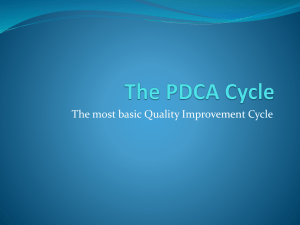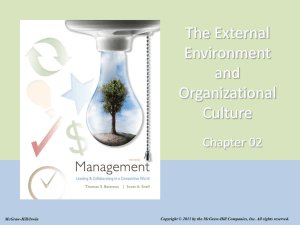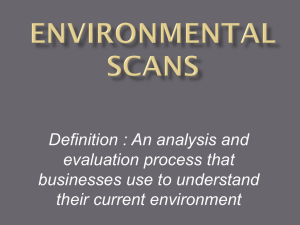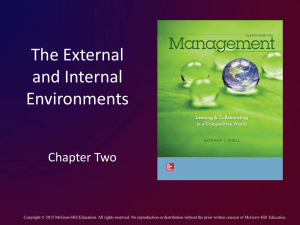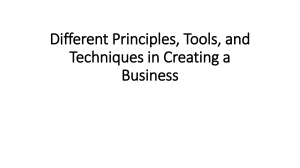Porter's Five Forces & Competitive Advantage Strategies
advertisement
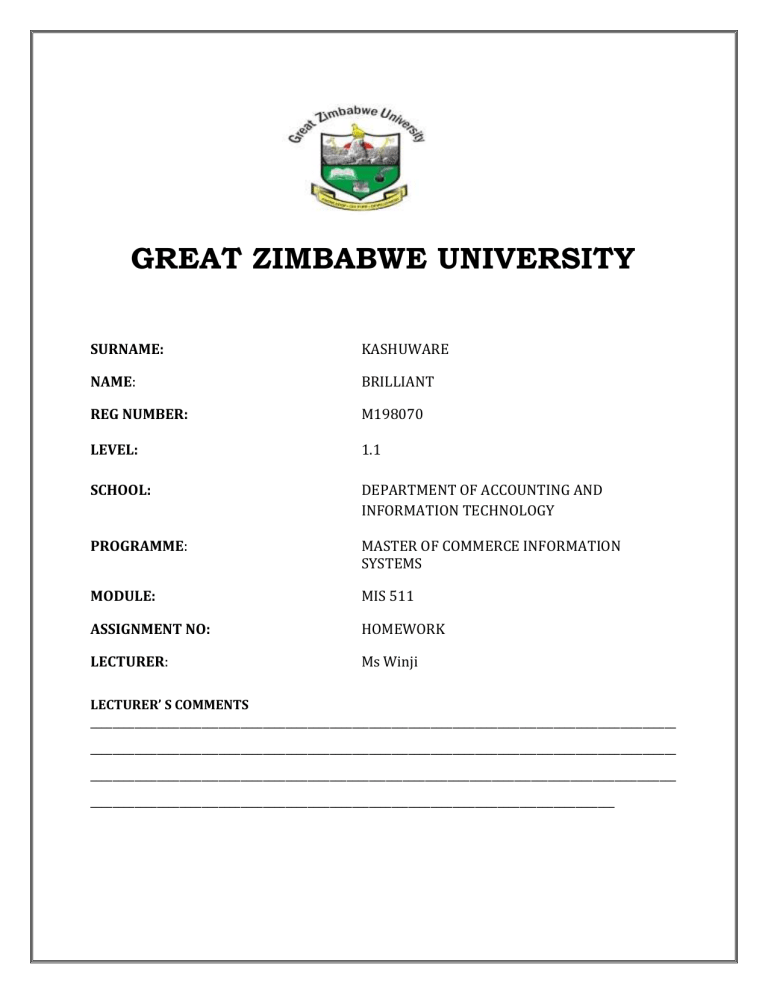
GREAT ZIMBABWE UNIVERSITY SURNAME: KASHUWARE NAME: BRILLIANT REG NUMBER: M198070 LEVEL: 1.1 SCHOOL: DEPARTMENT OF ACCOUNTING AND INFORMATION TECHNOLOGY PROGRAMME: MASTER OF COMMERCE INFORMATION SYSTEMS MODULE: MIS 511 ASSIGNMENT NO: HOMEWORK LECTURER: Ms Winji LECTURER’ S COMMENTS _________________________________________________________________________________________________________ _________________________________________________________________________________________________________ _________________________________________________________________________________________________________ ______________________________________________________________________________________________ Porters Five Competitive Forces model Competition in the Industry The first of the Five Forces refers to the number of competitors and their ability to undercut a company. The larger the number of competitors, along with the number of equivalent products and services they offer, the lesser the power of a company. Suppliers and buyers seek out a company's competition if they are able to offer a better deal or lower prices. Conversely, when competitive rivalry is low, a company has greater power to charge higher prices and set the terms of deals to achieve higher sales and profits. Potential of New Entrants into an Industry A company's power is also affected by the force of new entrants into its market. The less time and money it costs for a competitor to enter a company's market and be an effective competitor, the more an established company's position could be significantly weakened. An industry with strong barriers to entry is ideal for existing companies within that industry since the company would be able to charge higher prices and negotiate better terms. Power of Suppliers This factor in the Porter model addresses how easily suppliers can drive up the cost of inputs. It is affected by the number of suppliers of key inputs of a good or service, how unique these inputs are, and how much it would cost a company to switch to another supplier. The fewer suppliers to an industry, the more a company would depend on a supplier. As a result, the supplier has more power and can drive up input costs and push for other advantages in trade. On the other hand, when there are many suppliers or low switching costs between rival suppliers, a company can keep its input costs lower and enhance its profits. Power of Customers The ability that customers have to drive prices lower or their level of power is one of the Five Forces. It is affected by how many buyers or customers a company has, how significant each customer is, and how much it would cost a company to find new customers or markets for its output. A smaller and more powerful client base means that each customer has more power to negotiate for lower prices and better deals. A company that has many, smaller, independent customers will have an easier time charging higher prices to increase profitability. Threat of Substitutes The last of the Five Forces focuses on substitutes. Substitute goods or services that can be used in place of a company's products or services pose a threat. Companies that produce goods or services for which there are no close substitutes will have more power to increase prices and lock in favorable terms. When close substitutes are available, customers will have the option to forgo buying a company's product, and a company's power can be weakened. Understanding Porter's Five Forces and how they apply to an industry, can enable a company to adjust its business strategy to better use its resources to generate higher earnings for its investors. b. Consider the strategies that companies can use to achieve competitive advantage in their Industry Competitive advantage is defined as the ability to stay ahead of present or potential competition. This is typically done by evaluating strengths and weaknesses of competitors and seeing where one can fill in the gap or step up and improve. Companies develop a competitive edge when they produce attributes that allow them to outperform their competitors. Cost Leadership Strategy. Companies may place themselves ahead of the pack by offering attractive pricing. Wal-Mart and Amazon are two companies that have risen to the forefront by this strategy. While this is effective for companies, low pricing is seldom a desirable method for individuals. Differentiation Strategy. Branding is likely the most widely used method to differentiate one company from another. With this method, a name like Nike or Rolex automatically assumes a status distinct and apart from all other shoes or watches. Individual executives using this method must seek to find a core strength or talent that separates them from the pack. Then they leverage this unique skill or ability through increasing their visibility and the perception of its value to the company. Innovative Strategy. Companies may move ahead of the competition by doing things in new and different ways. Insightec has created a way to eliminate brain tumors and other cancers without cutting into the body. Clearly they gain a competitive edge over traditional surgeries by reducing pain, risk, and long recovery time. People can gain a competitive edge as they discover and offer innovative ways of doing things for the company. If your ideas consistently result in benefits to the company you’ll have that essential edge. Operational Effectiveness Strategy. Some companies just do what they do better than anyone else. FedEx started out with an innovative strategy. But it continued its leadership — even after dozens of other companies jumped into the overnight shipping business — by doing it very well. For individuals, this may mean creating systems of operating or new ways to analyze data. When you do what you do very well, you gain a competitive advantage over those doing it the longer and slower way. Technology Based Competitive Strategy. Since the time Henry Ford revolutionized the auto industry with the assembly line, companies have sought for a competitive edge using new technology or technology in a new way. Computers and applications continue to… perhaps briefly… give companies an advantage over the competition. Workers who embrace new technology and learn to master it nearly always redefine or increase their competitive advantage over those who resist new methods. Adaptability Competitive Advantage. As markets, economies, and other factors change in this increasingly unstable and unpredictable environment, companies that can adapt have a distinct advantage. Typically this includes smaller or trendy companies, however even Apple has successfully negotiated the waves of change. Executives can bring adaptability to their core strength by being open to change. They can cross train and bring new and more current skills to the table. Perhaps, adaptability is foremost a state of mind. The Information Advantage. Almost all the other strategies benefit from excellent information. The definition of competitive advantage is the skills needed to outpace your rivals. Most of those come through knowledge and information. Successful companies seek the latest in technology, strategies, and data.
